Bioactive aquariums bring nature’s balance right into your home aquarium. They create a self-sustaining, living ecosystem where plants, microorganisms, beneficial bacteria, and microfauna work together to keep your tank healthy and vibrant. Let’s dive into the science behind bioactivity and why it’s such a game-changer for aquarium care.
What Is a Bioactive Aquarium?
A bioactive aquarium mimics natural environments by combining live plants, microorganisms, beneficial bacteria, and microfauna such as copepods and amphipods. These components work together to break down waste, cycle nutrients, and maintain water quality. The substrate typically includes nutrient-rich soil, sand, and organic matter, serving as a living filter.
Key Components of Bioactivity
- Living Substrate: Nutrient-dense blends that support plant growth and microbial activity.
- Microfauna: Tiny beneficial creatures like copepods and amphipods that decompose waste and aerate the substrate.
- Beneficial Bacteria: Nitrifying bacteria that detoxify ammonia and nitrites, keeping water safe.
- Live Plants: Plants absorb nutrients, produce oxygen, and provide habitat for microfauna and aquarium animals.
Nutrient Cycling: The Heart of a Bioactive System
Waste in bioactive tanks isn’t merely removed—it’s recycled. Bacteria and microfauna decompose organic material, converting it into nutrients that plants absorb, maintaining water clarity and fertile soil without frequent manual cleaning.
Advantages of Bioactive Aquariums
- Reduced Maintenance: Natural waste breakdown lowers the need for water changes and substrate cleaning.
- Improved Animal Health: Stable water chemistry and natural behaviors minimize stress and disease risks.
- Natural Food Web: Microfauna serve as live food for many aquarium species.
- Visually Stunning: Dynamic, diverse ecosystems that look natural and vibrant.
Getting Started with Bioactive Aquariums
- Choose nutrient-rich substrates and add leaf litter or detritus to promote microbial communities.
- Introduce cultured microfauna like AlgaGenPods™ Tisbe or AlgaGenPods™ Apocyclops to establish biological diversity.
- Plant a selection of hardy aquarium plants suitable for your lighting and temperature.
- Maintain stable environmental conditions to support the ecosystem’s growth.
Quick Reference Table: Core Bioactive Aquarium Elements
| Component | Role | Example |
|---|---|---|
| Living Substrate | Provides nutrients, supports plants and microbes | Organic soil mixes, substrate blends |
| Microfauna | Waste decomposition and soil aeration | AlgaGenPods™ Tisbe, AlgaGenPods™ Apocyclops |
| Beneficial Bacteria | Detoxify harmful ammonia and nitrites | Natural bacteria colonies in substrate and filter |
| Live Plants | Oxygen production and nutrient uptake | Java Fern, Anubias, Sword Plants |
FAQs: Bioactive Aquariums
Q: Can I convert a traditional tank to bioactive?
A: Yes! Introduce living substrate, plants, and microfauna gradually while reducing cleaning so the ecosystem can establish.
Q: How long does it take for bioactivity to develop?
A: Typically several weeks to months depending on tank conditions and introduction methods.
Q: Are bioactive tanks beginner-friendly?
A: They require patience but tend to reduce workload over time. Online resources and gradual implementation help.
Pro Tips for Bioactive Success
- Support biological filtration naturally with products like your native substrate and stable microfauna populations.
- Avoid overcleaning substrate to preserve microfauna habitats.
- Use nutrient supplements such as Phyto-Plasm™ Phyto Green to feed microbes and plants.
“A bioactive tank harnesses natural processes, creating an aquarium that thrives in balance, beauty, and low maintenance.”
Further Reading & Product Spotlight
Discover more at Copepods and Amphipods: A Complete Care Guide. Build your bioactive community with AlgaGenPods™ Tisbe, AlgaGenPods™ Apocyclops, and support growth with Phyto-Plasm™ Phyto Green.
Conclusion
The science behind bioactive aquariums shows how integrating live substrates, microfauna, beneficial bacteria, and plants creates vibrant, balanced ecosystems that thrive naturally with less maintenance.
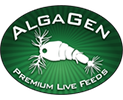
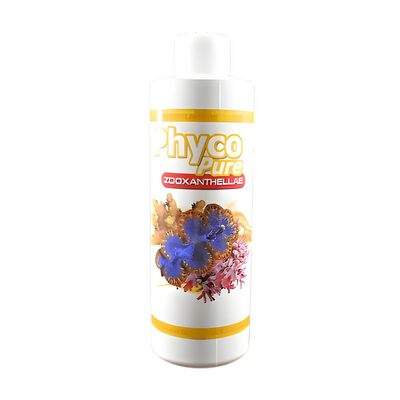
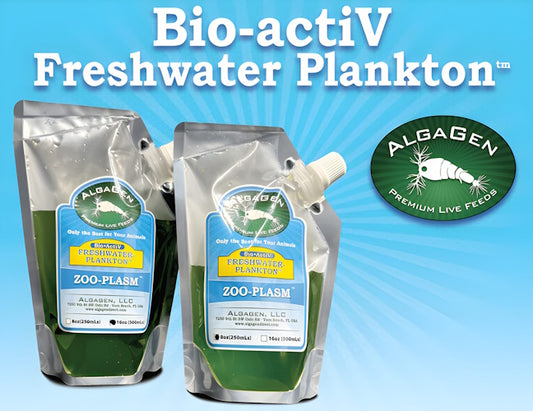
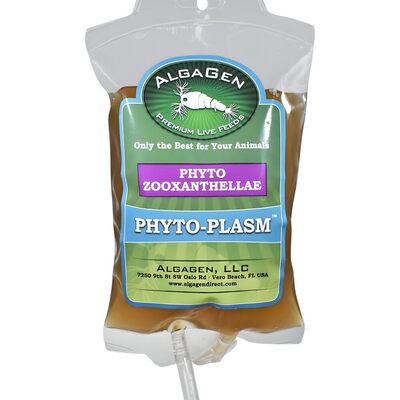
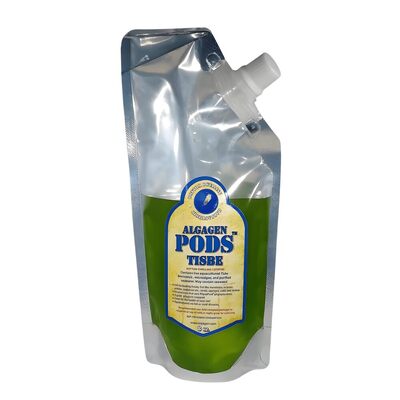
Recent post